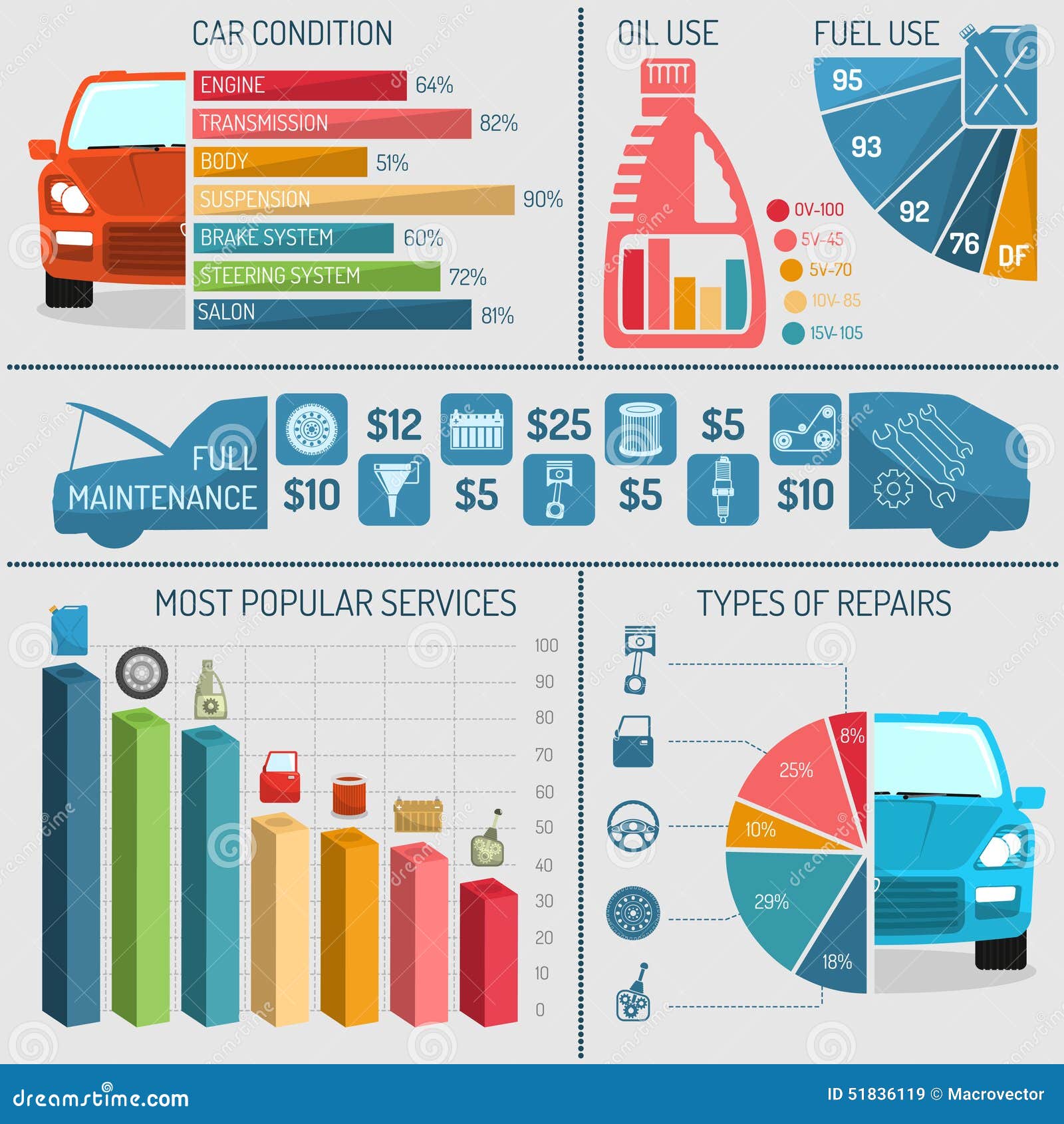A Beginner'S Overview To Recognizing Your Car'S Caution Lighting
A Beginner'S Overview To Recognizing Your Car'S Caution Lighting
Blog Article
Developed By-Ditlevsen Eriksson
When you're behind the wheel, those little warning lights on your auto's dashboard can be fairly difficult. What do they indicate, and should you be worried? Comprehending these signals is critical for your lorry's wellness, yet it does not have to be a daunting task. By deciphering the secret behind each light, you'll be outfitted to handle prospective issues properly and keep your auto running efficiently. So, following time a warning light flashes, don't panic - arm on your own with expertise and take control of the situation.
Significance of Auto Warning Lights
Comprehending the value of your car's caution lights is crucial for preserving your vehicle's health and safety. These lights act as your car's communication system, notifying you to prospective issues that could endanger your safety and security when driving or cause pricey repairs if disregarded. By paying attention to these warnings, you can resolve issues early and protect against further damages to your car.
Ignoring cautioning lights can lead to serious effects, such as engine failure, brake breakdowns, or even mishaps. These lights are made to alert you of concerns varying from low tire stress to engine breakdowns, offering you the opportunity to take action before the situation worsens. Routinely checking and understanding these warnings can save you time, cash, and ensure your safety while driving.
Along with keeping auto repair near me risk-free, reacting quickly to alerting lights can additionally aid extend the life expectancy of your auto. By dealing with problems at an early stage, you can protect against tiny problems from rising into significant fixings, inevitably conserving you time and money over time. Remember, your car's caution lights are there for a factor - don't disregard them!
Common Warning Lighting and Meanings
When it pertains to driving your vehicle, being aware of typical caution lights and their meanings is vital for your security and automobile maintenance. Here are a couple of common warning lights you might experience:
1. ** Examine Engine Light **: This light suggests a problem with your engine. Maybe something minor like a loosened gas cap or something extra severe like engine misfiring.
2. ** Battery Light **: This light signals an issue with your vehicle's billing system. It can suggest a faulty battery, alternator, or various other associated parts.
3. ** Oil Pressure Light **: When this light comes on, it implies your engine may be running low on oil or experiencing reduced oil pressure, which can bring about engine damage otherwise addressed without delay.
4. ** Brake System Light **: This light suggests an issue with your stopping system. It could mean reduced brake fluid levels or an issue with the brake system that requires instant focus.
Comprehending these usual warning lights will help you identify potential concerns early on and avoid more substantial problems down the road.
How to React To Caution Lighting
In the event that a warning light brightens on your vehicle's control panel, it's important to react without delay and appropriately. When a warning light comes on, the initial step is to consult your owner's manual to understand the details problem suggested by the light.
Some lights need immediate interest, while others might indicate a much less immediate issue. If the caution light is red or blinking, it's generally a sign of a serious issue that needs immediate action. In such instances, it's suggested to pull over safely, switch off the engine, and look for specialist assistance.
For yellow or orange warning lights, while they might not call for prompt attention, it's still important to resolve the underlying problem promptly to stop additional damages. https://www.wric.com/news/spend-less-at-the-pump-with-these-fuel-saving-tips/ and assessment can assist avoid cautioning lights from beginning all of a sudden.
Verdict
To conclude, recognizing your car's caution lights is crucial for keeping your car's health and safety. By on a regular basis inspecting and responding to these cautions, you can deal with prospective problems early and prevent expensive repairs or safety threats. Bear in mind to consult your owner's manual for info on various warning lights and always take instant activity for red or blinking lights. Stay positive and keep your cars and truck running smoothly!
